#Day 3
 Punit Chauhan
Punit ChauhanThe network layer sends lots of data, TCP segments this data into chunks, adds headers, adds checksums
It may also collect the data from the network layer(data that it gets from the network layer gets added up)
It also provides congestion control, load balancing
It takes care when data doesn't arrive.
It maintains the order of the data by using sequence nos.
Features:
Connection-oriented
Error control
congestion control
Full duplex
How does its data packet look like
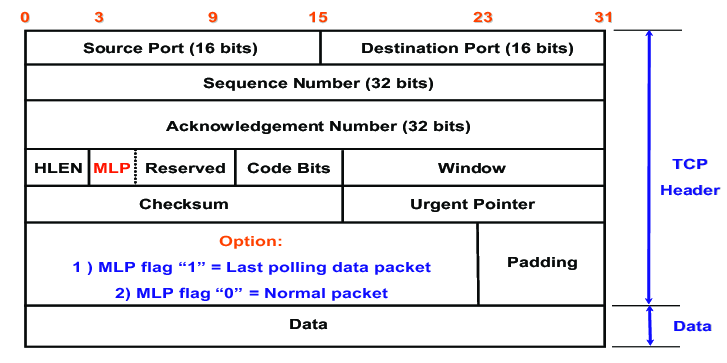
3-Way Handshake
client sends 'sync' flag(a value inside a header) and seq no(1) (which can be header).
The server sends an 'ack' flag and the seq number does some maths on the seq number(1) and acknowledges the number(1).
client will again send an 'ack' flag and a seq number and acknowledge number which is acknowledge number(1) + 1.
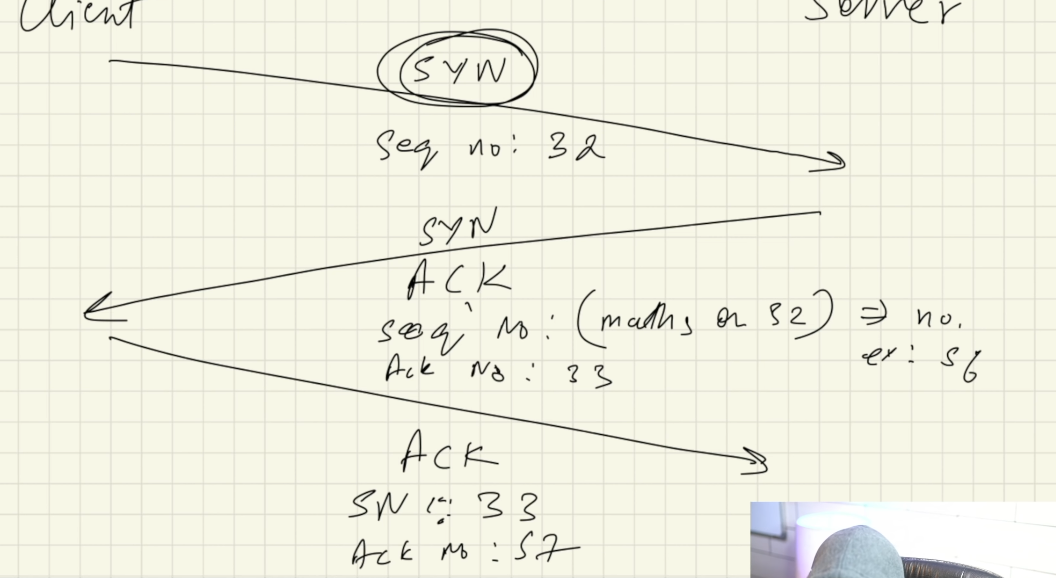
Network Layer
What works in the network layer?
Router
Every device that is in the network layer has its own network address.
Data packets consist of the network layer address of the destination, the network layer address of the destination and the data that he wants to send.
When Network 1 (N1)./router receives a data packet it checks in its forwarding table (data structure) that the destination network layer address is somewhere east for example then it will forward the data to Network 2 (N2)/router - this is called hop-by-hop forwarding and happens continuously until the data packet is received by the destination network/router.
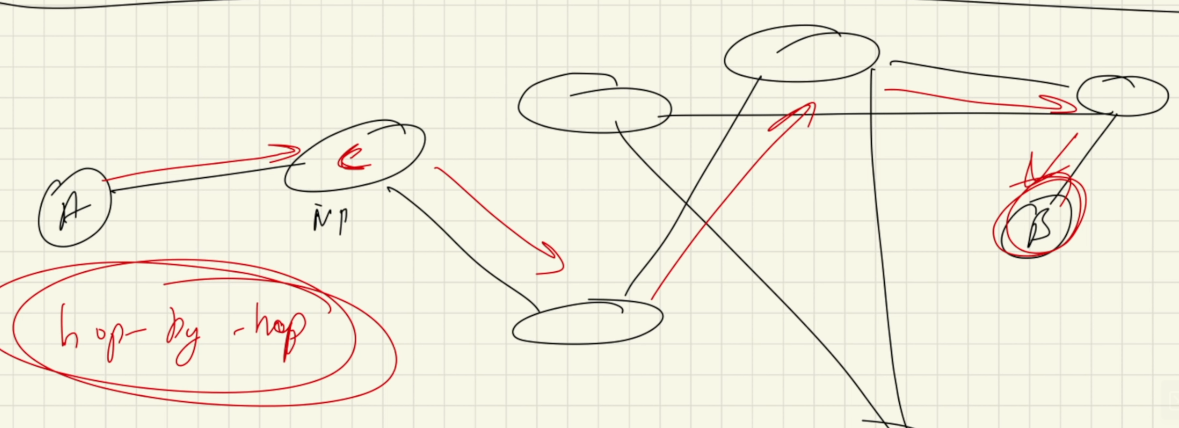
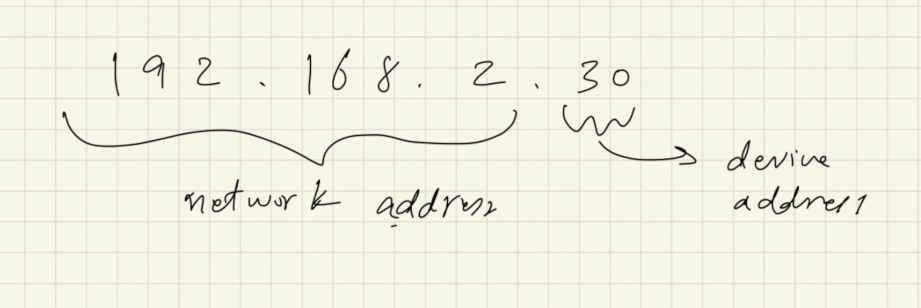
Control Plane
It creates the Routing tables/forwarding tables.
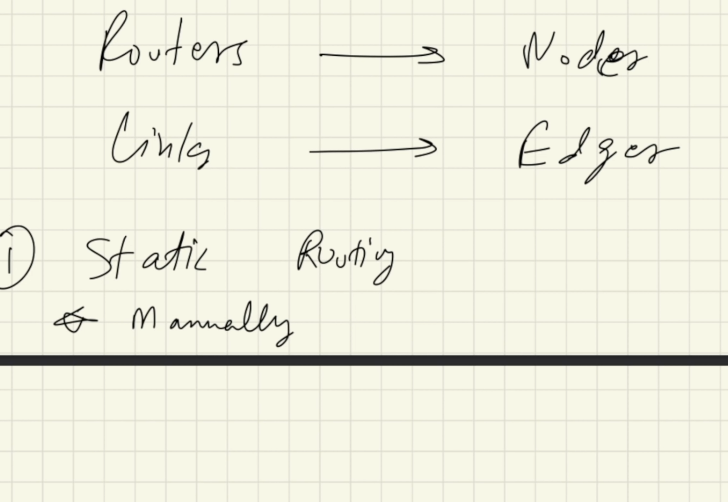
2 . Dynamic Routing
For eg : the Dijkstra algorithm
Subscribe to my newsletter
Read articles from Punit Chauhan directly inside your inbox. Subscribe to the newsletter, and don't miss out.
Written by
